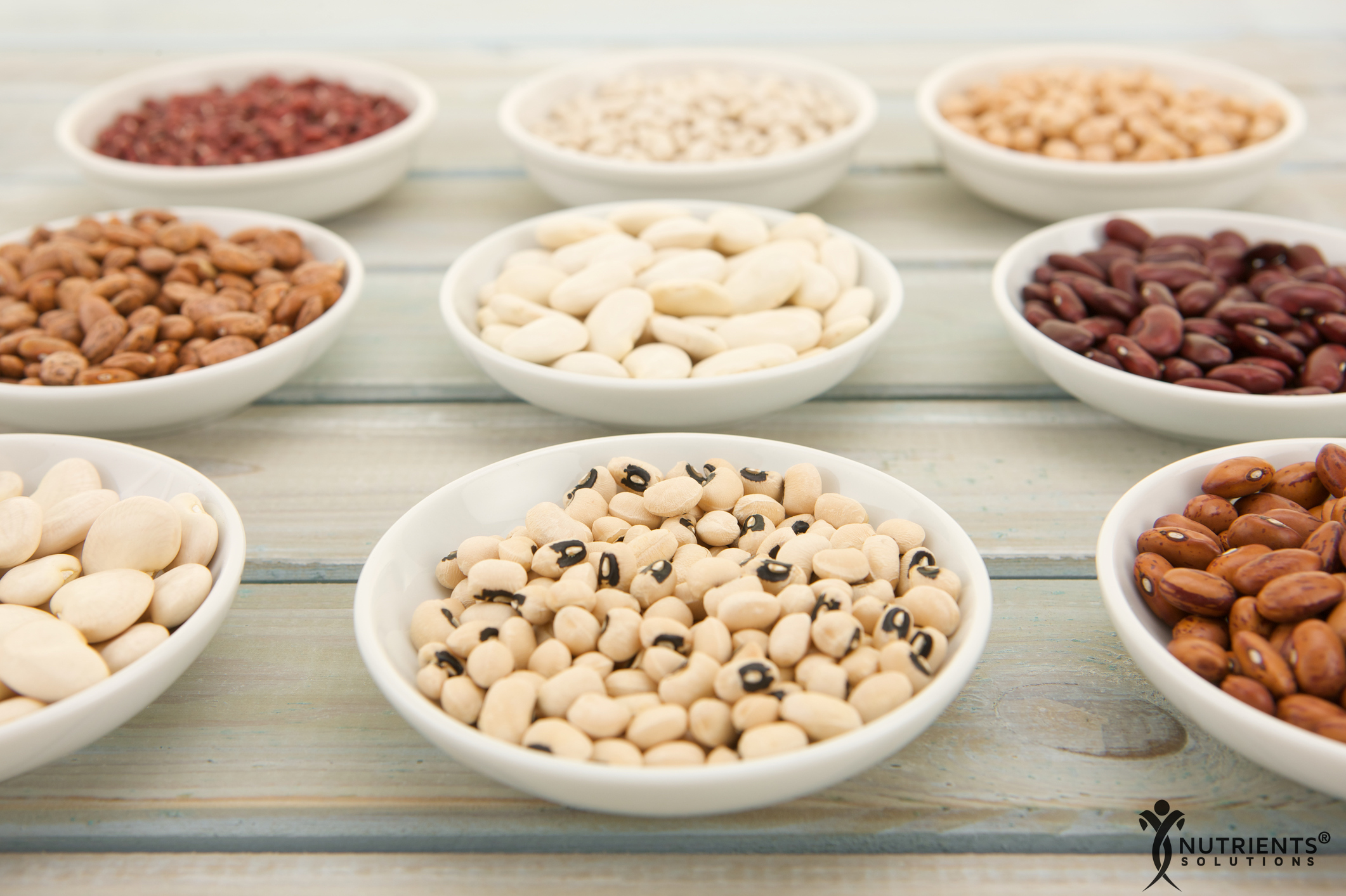Wellness Demystified: We Can Help You Discover Optimum Health
Top Six Health Benefits of Dietary Fiber

It is amazing that dietary fiber can provide many health benefits, despite being resistant to digestive enzymes. The indigestible part of the food of plant origin offers benefits by limiting ingestion, digestion, and absorption of undesirable foods and nutrients (i.e., carbohydrates and fats) as it passes through the gastrointestinal (GI) tract. Furthermore, it helps remove waste, toxins, unhealthy fats and any unwanted disease-promoting agents from the GI Tract and bloodstream so the body wont reabsorb them.
Consequently, dietary fiber will help limit the risk of many diseases, ease disease symptoms, improve the GI function, and enhance the immune system. Therefore, it should be an essential part of every diet. Good sources of fiber include nuts, whole-grain foods, legumes, fruits and green vegetables. Additionally, dietary fiber supplements can provide sufficient quantities of fiber that you might not be getting from your regular diet. This article describes the top six health benefits of dietary fiber.
1. GI Tract Function
High-fiber diets provide functional benefits for the entire GI Tract. It improves GI function by preventing and easing GI disorders. To start, insoluble fiber absorbs water, becomes soft, and increases in volume. In this state, it adds bulk and makes GI content soft and easy to move. This bulking effect will help lower the risk and ease the symptoms of diverticulitis, constipation, diverticular disease, irritable bowel syndrome, and hemorrhoids. Furthermore, high-fiber diets enhance fermentation by providing an optimum environment (medium) in the colon for bacteria to multiply. The short-chain fatty acids (SFCAs) produced during fermentation have many health benefits. For instance, the SFCAs helps lower the pH of the GI Tract to create an optimum functional environment and prevent and ease the symptoms of inflammatory bowel diseases (IBDs).
2. Cancers of the GI
Whole grain dietary fiber may help lower the risk of cancers of the colon and rectum in three ways. One: it can bind cancer-promoting agents and help remove them from the GI Tract by passing them out in the feces. This binding effect helps shorten the time procarcinogens and carcinogens stay in the colon. For instance, it may bind and remove carcinogenic bile acids. Two: fiber may help remove growths, such as polyps, that may develop into cancers. Polyps are growths on the wall of the colon that, if not treated, develop into cancer. For example, sporadic adenomatous polyps take about ten years to become cancers. They precede most cancers of the colon. Three: SCFAs may help suppress growths that may develop into cancers by lowering the pH inside the colon.
3. Cardiovascular Diseases
A high-fiber diet will help lower the risk of cardiovascular diseases by regulating the level of bad cholesterol in the blood. In fact, high-fiber diets are associated with low prevalence of peripheral vascular disease, stroke, and coronary heart disease (CHD). The major risk factors for these diseases, such as dyslipidemia, hypertension, obesity, and diabetes, are less prevalent among people who eat high-fiber diets. Dietary fiber may help lower the risk of these diseases by limiting the ingestion, digestion, and absorption of fats and synthesis of bad cholesterol. In addition, fiber will help reduce blood cholesterol.
Dietary fiber will help limit ingestion of fats because it has low palatability, is difficult to chew and swallow, and takes longer to ingest. Therefore, it helps reduce appetite and may lead to cessation of the meal. It limits digestion and absorption of fats by binding and removing bile acids from the GI Tract. Bile acids are necessary for digestion and absorption of fats. Additionally, the fiber may help bind and remove fat molecules from the GI Tract before digestion and absorption.
Furthermore, It helps reduce blood cholesterol when a shortage of bile acids in the GI Tract triggers the liver to use cholesterol in the blood to produce replenishment of bile acids. The shortage occurs when fiber binds bile acids. It limits synthesis of cholesterol when SCFAs, such as propionate, butyrate, and acetate, inhibit the liver from producing the sterol.
4. The effectiveness of the Immune System
Colon bacteria help stimulate the mucosal immune system by enhancing activity and production of its cells. The GI portion is the largest part of the mucosal immune system. Dietary fiber provides an optimum environment for these bacteria to multiply. Furthermore, the SCFAs improve the immune system in many ways.
5. Obesity and Weight Management
Obesity usually develops after a long-term imbalance of energy expenditure and intake. A high-fiber diet reduces the risk of obesity and aids in weight management by helping control energy intake. One way it helps reduce energy intake is its low palatability limits ingestion of foods with high energy density. Another way is it gives an early feeling of fullness that lasts for a long time after the meal. Satiating gut hormones produced during the gastric and cephalic phases cause the sensation.
Another way is through its viscosity effect that may limit digestion of high energy foods and delay absorption of glucose and fats. Soluble fibers dissolve in water to form a viscous gel. The gel interferes with proper mixing of GI contents and digestive enzymes. Further, the gel may limit contact of the nutrients (i.e., carbohydrates and fats) with the mucosal surface that absorbs them.
For instance, it alters the effectiveness of enteric and pancreatic enzymes and their substrates. Furthermore, it may influence the hydrolysis rate of starch by affecting the enzyme amylase activity. Another way is that most sources of fiber limit pancreatic enzyme production. The final way is that dietary fiber provides the body with negligible calories.
6. Diabetes
Dietary fiber may help reduce the risk of diabetes and aid in its management in many ways. First, SCFAs help stabilize blood glucose levels by triggering the pancreas to release more insulin and the liver to break down glycogen. Further, SCFAs may limit the absorption of glucose by making the glucose transporters in the mucosa change their gene expression. The viscosity effect may limit digestion of carbohydrates and delay absorption of glucose. For patients with diabetes, delay in glucose absorption helps maintain uniform blood sugar levels and reduce the levels of insulin and glucose in the blood. The delay may also help lower the risk of diabetes. Also, it may bind and help remove glucose (carbohydrates) from the GI before its absorption.
© 2019 Nutrients Solutions, LLC. All rights reserved. Disclaimer: The information provided is for educational purposes only and does not constitute medical advice. Always seek the advice of your physician or qualified healthcare provider with any questions or concerns about your health. Check with your doctor before beginning any exercise program. Never disregard or delay seeking medical advice because of something you have heard or read in this article or the internet.












